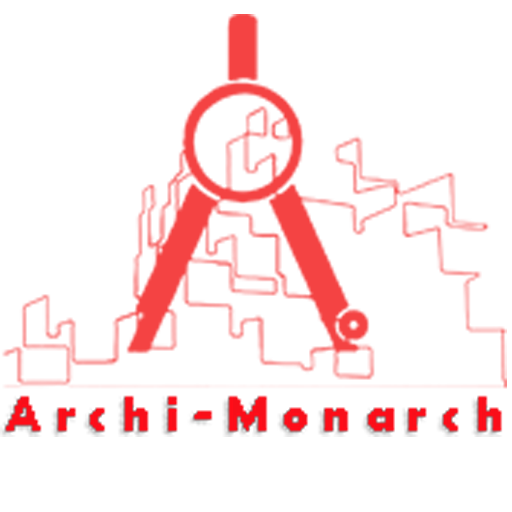In architecture, soil and waste pipe connections are crucial components of a building’s plumbing system, designed to ensure the efficient removal of waste and wastewater.
Soil pipes carry discharge from sanitary fixtures like toilets and urinals, which include human waste, while waste pipes transport water from sinks, showers, and other appliances that do not contain human waste.
These systems must be properly designed and installed to prevent blockages, maintain hygiene, and avoid contamination of the potable water supply. Connections between soil and waste pipes are carefully planned to ensure proper gradient, adequate venting, and secure sealing to minimize the risk of leaks or foul odors.
In modern architecture, integrating these systems seamlessly within the structure, while maintaining accessibility for maintenance, is a key part of sustainable and functional design.
If you want to know about the submission drawing or miscellaneous detail or interior detail, please click the link.
Image of Soil and waste pipe connection detail and downloadable (in DWG) link below

Soil and waste pipe connection detail drawing – 1
In construction, soil and waste pipe connection detail drawings are essential components of the architectural and plumbing documentation. These drawings provide precise visual representations of how soil and waste pipes are routed, connected, and supported throughout a building.
They typically include cross-sections, elevations, and isometric views showing connections between sanitary fixtures (like toilets, sinks, and bathtubs) and the vertical or horizontal drainage stacks.
The detail drawing outlines the pipe sizes, materials (e.g., PVC, cast iron), gradients/slopes (usually 1:40 or 2.5% for waste pipes), and ventilation requirements, ensuring proper flow and the prevention of backflow or siphoning. It also shows important elements like traps, cleanouts, vent pipes, and inspection chambers.
Accurate detailing is vital for coordination between architectural, structural, and MEP (mechanical, electrical, and plumbing) disciplines. Poorly detailed connections can lead to installation errors, leaks, or code violations.
Therefore, these drawings must follow local building codes and standards, like the International Plumbing Code (IPC) or other relevant regulations, depending on the region.
Our tips to help you improve your architectural Soil and waste pipe connection detailing.
